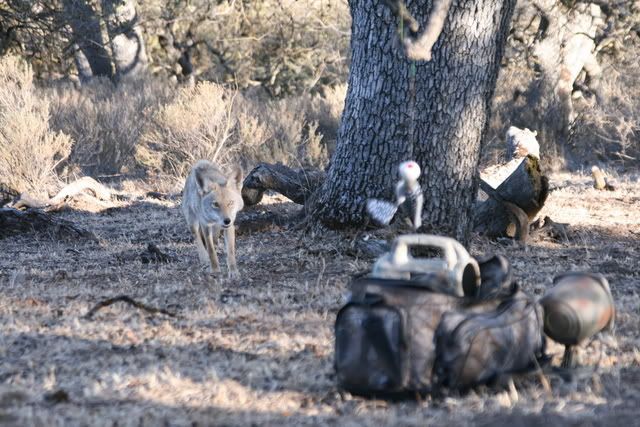We usually have a breeze/wind we have to deal with in my area. Here's my best morning setup. Wind is from south or slightly sw and sun of course in east. I'll approach my calling area from east and I'm expecting coyotes from some westerly direction (even south or north). I sit in an elevated spot in some kind of cover, might just be a small bush. I've got sun to my back and a left to right wind. I make sure I have clear visibility straight down the wind channel (to my right) as far as possible, usually 200 yards and well beyond. I set my rifle on my sticks just in front (left) of the wind. If one comes directly from the right, down wind, my goal is to shoot it as soon as possible. Anything else typically tracks toward my rifle, so I don't move unless they are bugging out. I stop the coyote and shoot generally right where my rifle is set, which is right before they can wind me. I can usually get 1 stand in at first shooting light facing the east, before the sun tips. Same idea, other direction. Certain setups require me to wait for a different wind direction before I'll hunt that spot. I've learned I have better luck leaving a spot where I don't like the wind for another day where the wind is different. I can go back an call those in without educating them with a bad stand. I also rarely call into the wind, unless I've covered the area behind me extensively and 99% feel like they won't come from that direction.





